
| Home | Deepsky Atlas | TheAstronews | Links | Solar System | ||||||

Hawaiian Astronomical SocietyConstellations: Monoceros -- The "One Horned" |
||||||||||
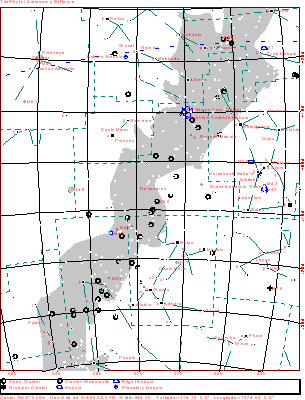
Click the map for a 916x1200 version of the above. Click here for a map better suited for use in the field.
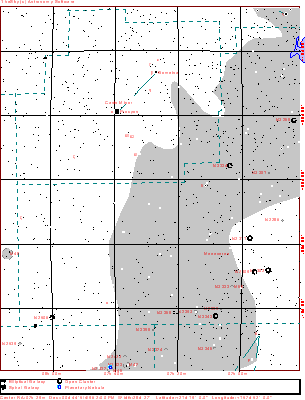
This is the eastern section of the constellation. The map displays stars to magnitude 10, and deepsky objects to magnitude 12. Click here for a map better suited for use in the field.
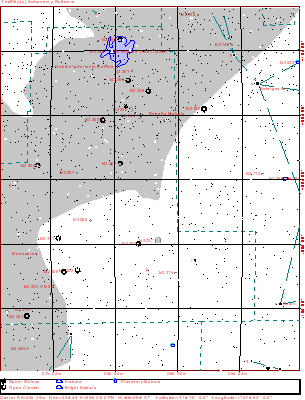
Click here for a map better suited for use in the field.
 60k JPEG NGC2506 (Bennett 39, Caldwell 54) is a mag. 7.6, pretty large (7') very rich open cluster of about 150 stars from mag. 11-20. It sits in the south-east corner of the constellation. From the Digital Sky Survey. 60k JPEG NGC2506 (Bennett 39, Caldwell 54) is a mag. 7.6, pretty large (7') very rich open cluster of about 150 stars from mag. 11-20. It sits in the south-east corner of the constellation. From the Digital Sky Survey.
|
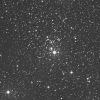 93k JPEG Steve Coe, borrowing from the NGC description, writes this: "NGC2353 is pretty bright, pretty large, pretty rich and not compressed. It is a nice cluster at 135X, with about 50 members. The UHC filter will just barely show a very faint streamer of nebulosity on the south side. Rocking the scope helps to make the nebula more noticeable." 93k JPEG Steve Coe, borrowing from the NGC description, writes this: "NGC2353 is pretty bright, pretty large, pretty rich and not compressed. It is a nice cluster at 135X, with about 50 members. The UHC filter will just barely show a very faint streamer of nebulosity on the south side. Rocking the scope helps to make the nebula more noticeable."
You find the cluster 3.4° SE of M50. From the Digital Sky Survey.
|
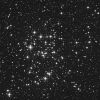 94k JPEG M50 (NGC2323) is an open cluster in south-central Monoceros located between Sirius and Procyon. Dreyer describes the cluster as rich, and very large (16'). Overall brightness is mag. 5.9. Individual stars range from mags. 9-14. 94k JPEG M50 (NGC2323) is an open cluster in south-central Monoceros located between Sirius and Procyon. Dreyer describes the cluster as rich, and very large (16'). Overall brightness is mag. 5.9. Individual stars range from mags. 9-14.
|
The cluster is located 5.1° WNW of Delta Monocerotis. The first image appears to be a Digital Sky Survey image taken from Le super NGC Catalogue! The second image is a drawing by Jere Kahanpää.
|
|
 22k JPEG NGC2261 (Best 69, Caldwell 46) is a bright (brightness averages mag. 10, it varies) elongated (2'x1' in PA 330, i.e. almost north to south) patch of nebulosity around the star R Monocerotis near the north-west border of the constellation.. The star R itself is harder to spot. From the Digital Sky Survey. 22k JPEG NGC2261 (Best 69, Caldwell 46) is a bright (brightness averages mag. 10, it varies) elongated (2'x1' in PA 330, i.e. almost north to south) patch of nebulosity around the star R Monocerotis near the north-west border of the constellation.. The star R itself is harder to spot. From the Digital Sky Survey.
|
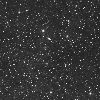 93k JPEG Collinder 106 is a mag. 4.6 open cluster, about 45' in diameter, and consisting of about 20 stars, and located about 1°50' NE of the Rosette Cluster. The brightest star in the cluster is Plaskett's Star, a massive binary system. 93k JPEG Collinder 106 is a mag. 4.6 open cluster, about 45' in diameter, and consisting of about 20 stars, and located about 1°50' NE of the Rosette Cluster. The brightest star in the cluster is Plaskett's Star, a massive binary system.
|
 93k JPEG NGC2251 is in the upper, left of the photograph. The mag. 7.3 open cluster is described as very large (10'), extended, rich (30 stars at mag. 9.1 and fainter), and with little condensation. It is found 2.2° south-west of the Christmas Tree Cluster. 93k JPEG NGC2251 is in the upper, left of the photograph. The mag. 7.3 open cluster is described as very large (10'), extended, rich (30 stars at mag. 9.1 and fainter), and with little condensation. It is found 2.2° south-west of the Christmas Tree Cluster.
The smaller cluster 46' to the SSE is NGC2254. Dreyer says it is small, fairly condensed, irregularly shaped, and possesses about 50 stars from mags. 11-13. Overall magnitude is 9.7. Both this and NGC2251 are located 10.1° east of Betelgeuse. From the Digital Sky Survey.
|
NGC2244 (Best 68), and NGCs 2237, 2238, and 2239 (Caldwell 50-49) forms the Rosette Cluster and Nebula. Finding it is not easy. One method involves scanning just north of a line drawn between Meissa (Lambda Orionis) and Betelgeuse (Alpha Orionis). Extend the line to the ESE 1.5 times the distance between the two stars. Visually, this is an open cluster with some vague grayish areas, especially off the the west. Dreyer calls this a scattered cluster. Then he abandons his cryptic abbreviations to call it beautiful. Photographs show a stunning ring of nebulosity extending over 2° of sky. Best view the nebulosity with a 50-80mm finder equipped with an OIII filter.
Image on the left consists of 9, 1° downloads from the Digital Sky Survey, stitched and slightly cropped. Image on the right by Jason Ware. Taken with a 6" refractor on 4x5 film.
|
If you have any questions about the Hawaiian Astronomical Society
please
(link requires javascript).